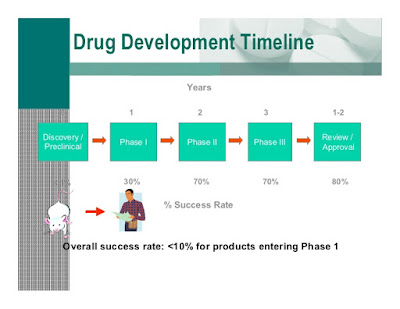How can protein folding be used for computational drug design?
Protein folding is not just about predicting structures from sequences, but also identifying different states explored by a protein, or understanding the protein landscape. I can think of two/three major additions to the drug design community (apart from designing peptide drugs and modifying or designing proteins/enzymes), that have originated from protein folding studies:
Incorporating protein flexibility:
Figure (from L to R) : cartoon images of representative folding funnels of flexible proteins, rigid proteins and all-or-none folding transitions of a single conformation. [Accommodating protein flexibility in computational drug design.]
Identifying allosteric sites:
Newer targets:
Incorporating protein flexibility:
- We know for a fact that *a* single conformation is not an adequate representation of a protein molecule. We also know that for enzymes, the lock-and-key hypothesis fails to explain the transition state and hence considered obsolete. Therefore, understanding protein dynamics and flexibility is important as it plays a role in protein function and catalysis. This means, docking or screening ligands with one single protein molecule is not sufficient.
Figure (from L to R) : cartoon images of representative folding funnels of flexible proteins, rigid proteins and all-or-none folding transitions of a single conformation. [Accommodating protein flexibility in computational drug design.]
- Accounting for conformational selection [where a protein is assumed to exist in a number of energetically similar conformations, and the ligand selectively binds one of those conformations, thereby increasing the number of that particular conformation] has lead to newer strategies in the design community, especially for designing protease inhibitors.
Identifying allosteric sites:
- Protein folding studies have helped in locating allosteric sites (which can't be identified using experiments) [Equilibrium fluctuations of a single folded protein reveal a multitude of potential cryptic allosteric sites]
Newer targets:
- Studies on molecular chaperones, protein misfolding/aggregation have helped in identifying newer targets. For example: heat shock proteins (Hsp27/Hsp90 for cancer), and hyperphosphorylated tau for CNS disorders.



Comments
Post a Comment